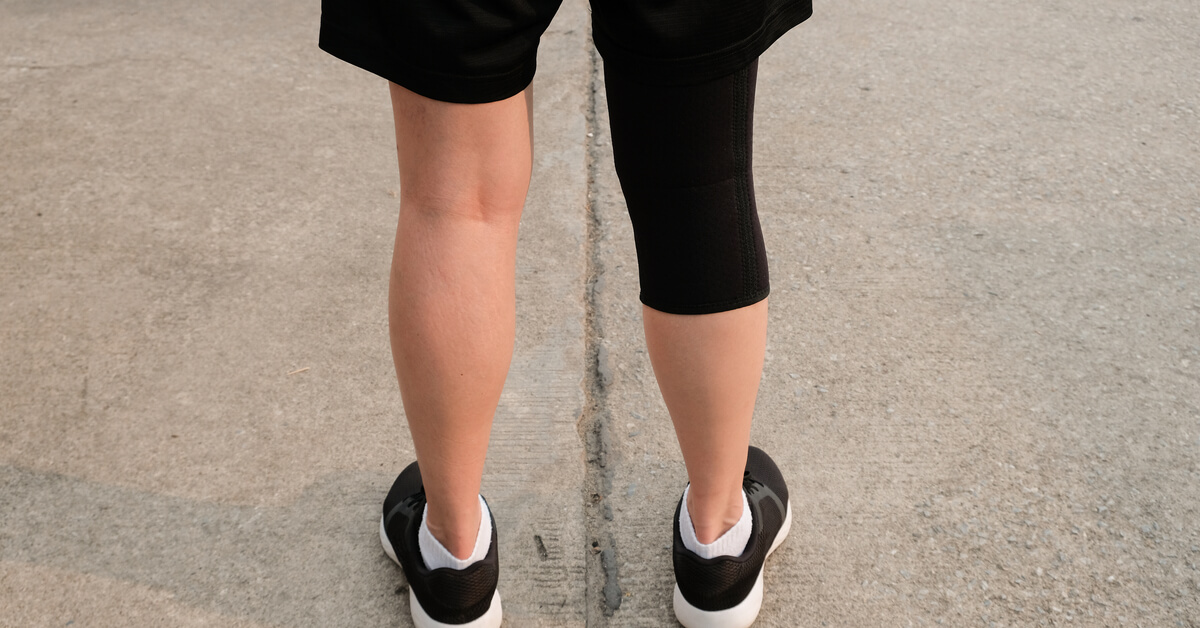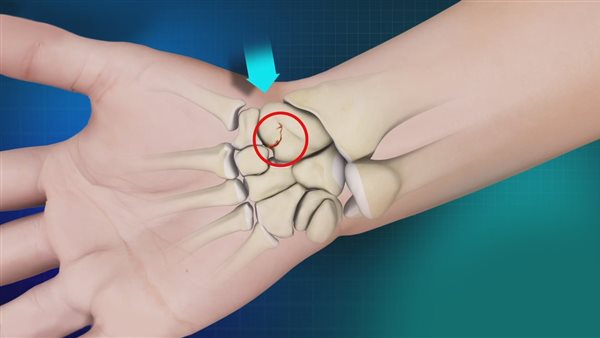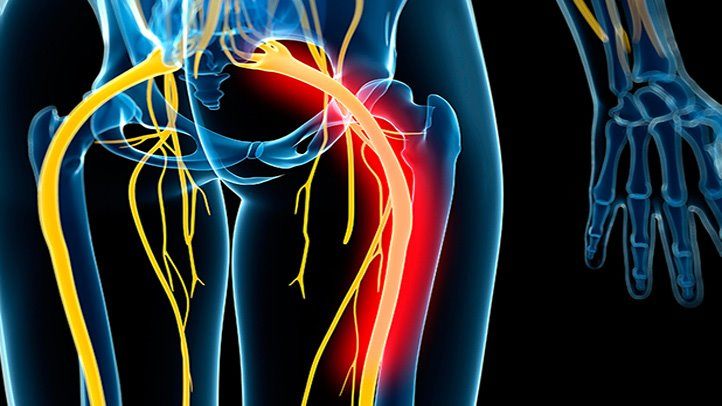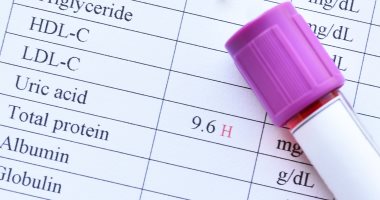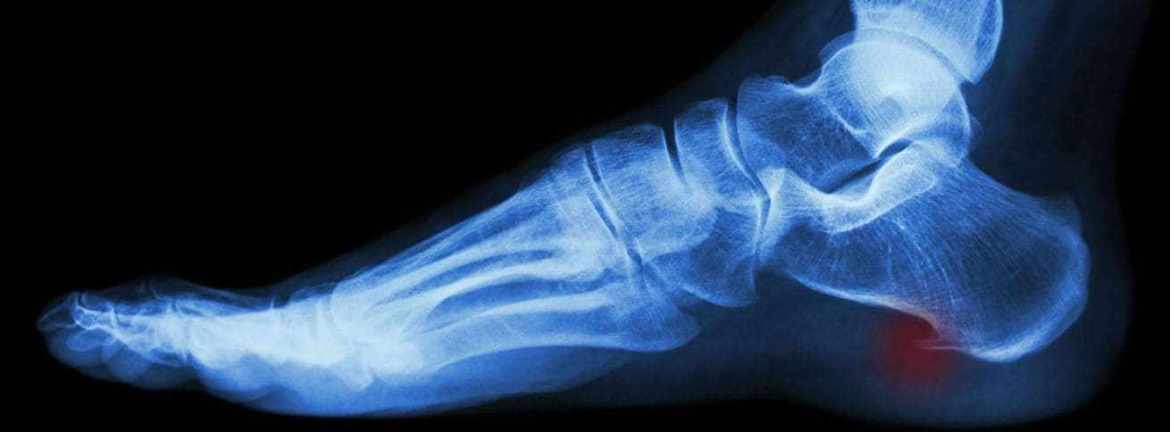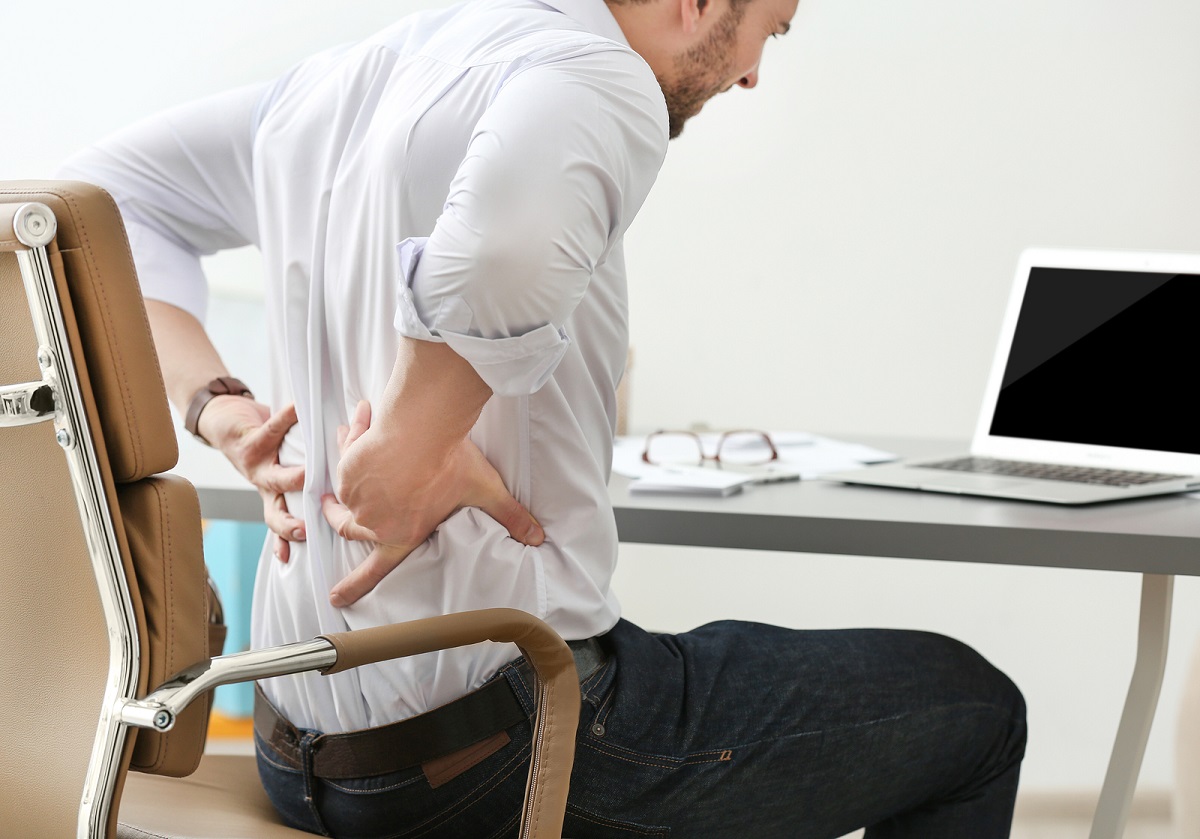Learn about the best doctor for disc herniation and the cost of the surgery!
The Best Doctor for Disc Herniation: Perhaps you’ve heard about the severe pain experienced by individuals with disc herniation, which can be unbearable. Their primary concern is finding the best, experienced doctor to provide them with a treatment plan to alleviate their pain. In the following paragraphs, we will explain the concept of disc herniation, the associated damages, and how it can be treated. So, continue reading this article.

The Best Doctor for Disc Herniation
Disc herniation is a challenging condition that troubles many individuals. Therefore, many people seek the appropriate doctor to treat this condition. There are some criteria that patients should pay attention to when choosing the best doctor for disc herniation. The doctor should have sufficient experience in spinal pain and joint-related issues. The doctor should be attentive to their patients, monitor their health conditions, and provide necessary interventions that are tailored to the patient’s situation.
What is Disc Herniation?
Disc herniation, also known as the disc or prolapsed disc, is a condition characterized by a bulge or tear in the disc or the rubbery cushions between the vertebrae of the spine. It is also known by other names such as slipped disc, herniated disc, protruding disc, ruptured disc, or slipped cartilage. The fourth and fifth lumbar vertebrae in the lower back are among the most commonly affected discs.
The disc between the vertebrae is somewhat similar to a donut, with a soft inner core made of a jelly-like substance and surrounded by a tougher outer part that makes it more rigid. A disc herniation occurs when the soft inner core is pushed outward through a tear in the tough outer part.
A herniated disc can potentially affect the surrounding nerves, exerting pressure on them, leading to the appearance of symptoms of disc herniation, which may include pain, numbness, or weakness in the arm or leg, depending on the location of the herniated disc.
The disc may return to its original position with rest and appropriate care. However, in some cases, a herniated disc requires an intensive treatment plan or spinal surgery to address the issue.
What Are the Causes of Disc Herniation?
Lifting heavy objects improperly. Aging also plays a significant role. Suffering from excessive weight and obesity. Muscles in the neck or back may be exposed to some genetic factors. Who Is the Specialist in Disc Herniation?
Disc herniation can be painful, and its effects can negatively impact your daily life. However, with Dr. Amr Amal’s experience and extensive expertise in this field, he can provide the professional care and effective treatment you need.
We introduce to you one of the best doctors specializing in the treatment of disc herniation, Dr. Amr Amal, a consultant in orthopedic surgery at Ain Shams University and a faculty member at Ain Shams University. Dr. Amr earned his Ph.D. in orthopedics from Ain Shams University and has many years of experience in Ain Shams University hospitals, where he is distinguished by extensive experience and a wide understanding of many modern techniques used in orthopedic surgeries. He is committed to following successful treatment plans and monitoring patients, paying special attention to them until their treatment journey ends successfully.
How Is Disc Herniation Diagnosed?
The doctor begins by taking the patient’s medical history and determining if they have any chronic diseases or contributing factors to disc herniation, such as smoking or excess weight.
The doctor then examines the area where the patient is experiencing pain and assesses the strength of their muscles and their neurological responses.
Diagnostic imaging is performed, including X-rays, CT scans, or MRI scans.

When Does a Doctor Opt for Surgery in the Case of Disc Herniation?
Before we discuss the situations in which a doctor opts for disc herniation surgery, let’s first understand the concept of disc herniation, which includes the following:
There is a gel-like substance between the vertebrae of the spine known as the disc. It acts as a cushion to absorb shocks and prevent the vertebrae from rubbing against each other. With age, this disc undergoes changes that make it more brittle and weaker, causing a person’s height to appear shorter as they age.
In some cases, injuries or pressure can cause the gel-like substance to be pushed out of the disc or for the disc to tear, resulting in disc herniation. This leads to pressure on the nerve roots, causing severe back pain.
Disc herniation surgery aims to remove the disc and the herniated part of the disc that is causing pain and pressure on the nerve roots. This results in an improvement in the patient’s condition, alleviating the pain, lower back pain, or leg pain associated with conditions like sciatica or radiculopathy.
This surgery can be performed through one of three different methods, including:
- Conventional Disc Excision: In this method, the doctor makes an incision approximately 2.5 cm long in the skin above the painful area in the back. Through this incision, the doctor removes a portion of the bone, ligaments, and the part of the disc causing pain. The patient typically stays in the hospital for a day after the surgery.
- Percutaneous Disc Excision: This method involves removing the disc using fluoroscopy, a type of X-ray imaging. The doctor inserts a thin tube through the skin and navigates it inside the spine. Using specific tools, the doctor removes a portion of the disc, reducing pressure on the nerves. In this approach, the surgeon may choose various techniques, such as injecting a chemical to dissolve the gel-like disc material, using laser therapy, or applying heat or ultrasound to treat the gel-like substance within the disc.
- Microscopic Disc Excision: Lastly, we come to the method preferred by most doctors. In this approach, the doctor makes a small incision in the back, allowing them to insert instruments that can project images of the disc onto a screen in front of the surgeon. Using high-precision tools, the surgeon removes a portion of the bone, ligaments, and a part of the problematic disc. This method is characterized by the ability to perform a small incision and use precise tools, reducing the risk of complications.
The doctor turns to disc herniation surgery when the patient does not respond to various treatment methods, and the pain they are experiencing does not subside. The patient may also have difficulty standing or walking due to nerve involvement, or the pain may have started spreading to the arms, chest, or legs in a way that the patient cannot bear. Additionally, if neurological symptoms such as numbness or tingling in the limbs and intolerance to touch appear, surgical intervention becomes the optimal solution to address the patient’s suffering.
How Much Does Disc Herniation Surgery Cost in Egypt?
The cost of disc herniation surgery in Egypt varies between 25,000 to 70,000 Egyptian pounds. This cost variability is influenced by several factors that significantly affect the overall expense, including the following:
- The patient’s condition and the specific surgical technique and tools used.
- The skill and expertise of the surgeon and their experience in this specialization.
- The nature of the hospital, its location, and the quality of nursing care provided to the patient.
- The medical equipment utilized during the surgery.
How Should a Disc Herniation Patient Sleep?
There are three recommended sleeping positions for disc herniation patients:
- Sleeping on the Back with a Pillow Under the Knees: This is considered one of the best sleeping positions for disc herniation patients. In this position, the patient lies on their back and slightly bends their knees. Placing a medium-sized pillow under the knees helps provide support. This position is suitable for those suffering from herniated discs as it helps alleviate pressure on the lower spine. Additionally, the patient can elevate their legs by placing a pillow under their heels.
- Sleeping on the Stomach with a Pillow Underneath: Sleeping on the stomach is generally not recommended for spine health, but it can be improved by placing a pillow under the stomach. This position can be helpful for people with herniated or bulging discs.
- Sleeping on One Side in the Fetal Position: Herniated disc patients may find comfort sleeping in a fetal position on one side of the body. To achieve this, start by lying on your back and then gently roll to one side. Place a pillow to support your head and neck, and bend your knees toward your chest, slightly curling your torso toward your knees. This position helps maintain a relatively straight spine. It’s important to alternate sides to prevent imbalances.
When Does Disc Herniation Lead to Paralysis?
Disc herniation can potentially lead to damage to the spinal cord if there is direct compression on the spinal cord itself. All nerve fibers from the body are directed to the brain through the spinal cord. If the movement and sensation fibers within the spinal cord are affected due to direct pressure from herniation, it can result in partial paralysis below the level of the herniated disc. This means that all the sensory and motor information for the body regions below the disc is processed by the spinal cord. Therefore, severe herniation occurring at specific levels can lead to paralysis, such as paralysis from the waist down, if there is complex herniation at this level.
For more details on this topic, you can refer to the following article.
Can Complete Recovery from Disc Herniation Occur?
Yes, complete recovery from disc herniation is possible, but in most cases, patients experience gradual improvement and symptom relief over a period ranging from several weeks to several months, and sometimes up to 3 or 4 months. This is contrary to what many people think, that disc herniation is a chronic problem that accompanies the patient and cannot be cured. However, it is considered a temporary disturbance that can be mitigated by seeking early surgical intervention and adopting a healthy and active lifestyle. If you want more information regarding the recovery duration from disc herniation, we recommend this article.
Best Medication for Disc Herniation
The treatment of disc herniation includes medications prescribed by a doctor, which may include:
- Non-Steroidal Anti-Inflammatory Drugs (NSAIDs) like ibuprofen.
- Steroid injections above the disc.
- Nerve pain medications like gabapentin, also used in the treatment of cervical disc herniation.
- Muscle relaxants.
- Painkillers.
- Other prescription medications.
In addition to these medications, disc herniation is treated through conservative therapy, physical therapy, alternative medicine, surgical intervention, and finally, laser treatment. “Thanks to his expertise in innovative and minimally invasive surgical procedures, Dr. Amr Amal can provide a solution for disc herniation pain and help you regain your normal functions, whether you need microscopic spinal surgery or conservative treatment. You will be in capable and skilled hands.”

Treatment for Fourth and Fifth Lumbar Disc Herniation
Don’t waste your time and life in pain and discomfort. Contact Dr. Amr Amal today and prepare to get rid of lumbar disc herniation pain and regain your quality of life.
There are various methods used to treat fourth and fifth lumbar disc herniation, including surgical and non-surgical approaches:
- Nerve Root Injections: This method is employed to treat fourth and fifth lumbar disc herniation in the first and second stages to alleviate the patient’s pain. It involves reaching the damaged nerve root through a specialized needle and injecting a pain-relieving substance in that area to reduce the pain signal sent by the nerve to the brain.
- Laser Disc Decompression: This technique is used to treat fourth and fifth lumbar disc herniation in the third and fourth degrees by inserting a small needle to access the affected disc. Then, laser fibers are introduced through the needle, and the laser beam selectively targets the protruding part of the disc without affecting the healthy surrounding tissues.
- Endoscopy: Endoscopy is employed to treat fourth and fifth lumbar disc herniation in the third and fourth degrees. It involves making a small incision in the skin and inserting an endoscope, which is a thin, flexible tube with a light and camera at the end, through the incision. The surgeon can then visualize the herniated disc and perform the necessary procedure, such as removing the protruding portion of the disc, with the help of specialized instruments.
- Thermal Frequency Ablation: Thermal frequency ablation is one of the newest methods used to treat fourth and fifth lumbar disc herniation. It aims to reduce pain by introducing a needle near the affected nerves and sending controlled heat pulses to reset the nerves to their normal state. This process helps alleviate pain signals, providing relief to the patient.
The Consequences of Disc Herniation
There is no doubt that neglecting the treatment of disc herniation or not treating it correctly can lead to some serious complications, including the following:
Nerve Damage: Failure to treat the disc can result in permanent nerve damage, affecting one or more nerves, leading to sensations of pain and burning in the extremities.
Cauda Equina Syndrome: This is one of the complications that occur due to the compression of the bundle of spinal nerves located at the end of the spinal column. While it does not cause death, it increases the risk of permanent weakness in the lower limbs or paralysis in the lower limbs.
Saddle Anesthesia: Saddle anesthesia is the sensation of numbness in the areas that come into contact with the saddle, including the inner thigh, the back of the legs, and the area around the rectum.









